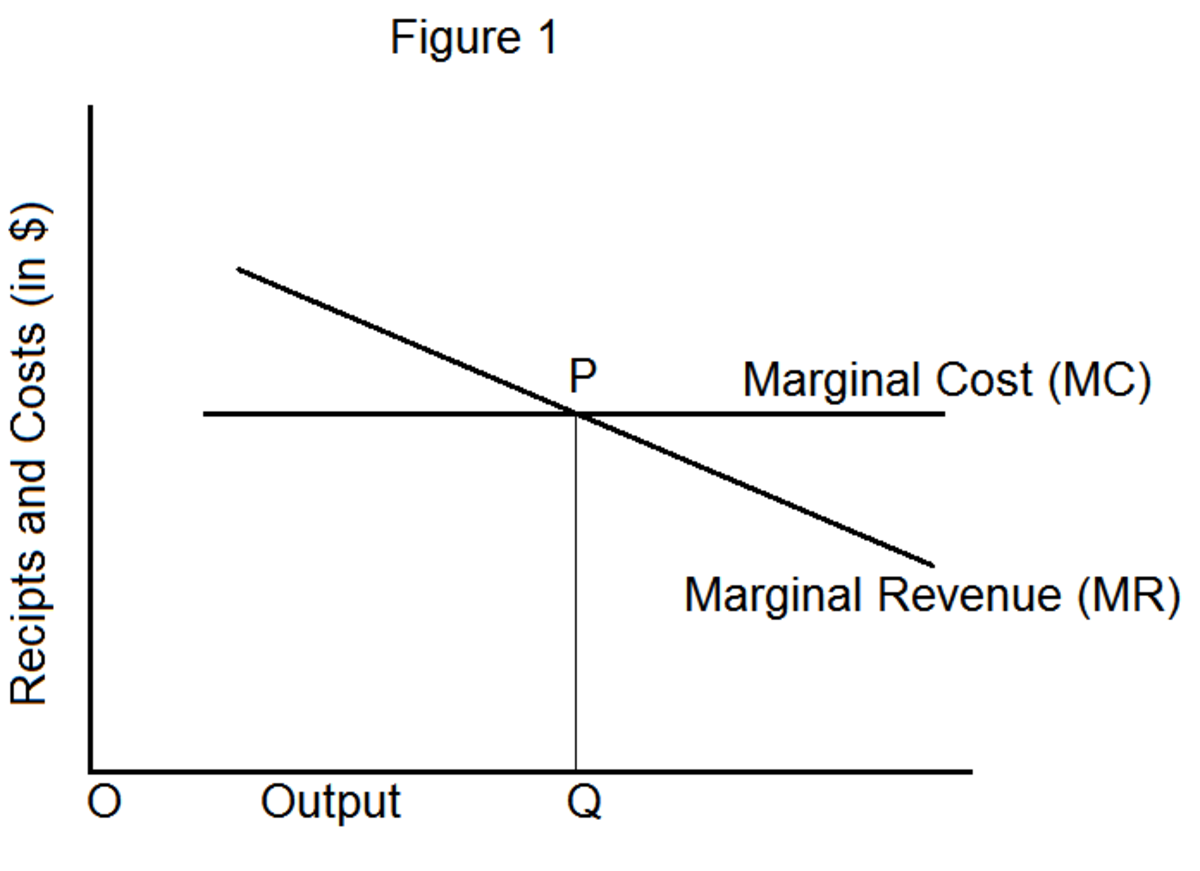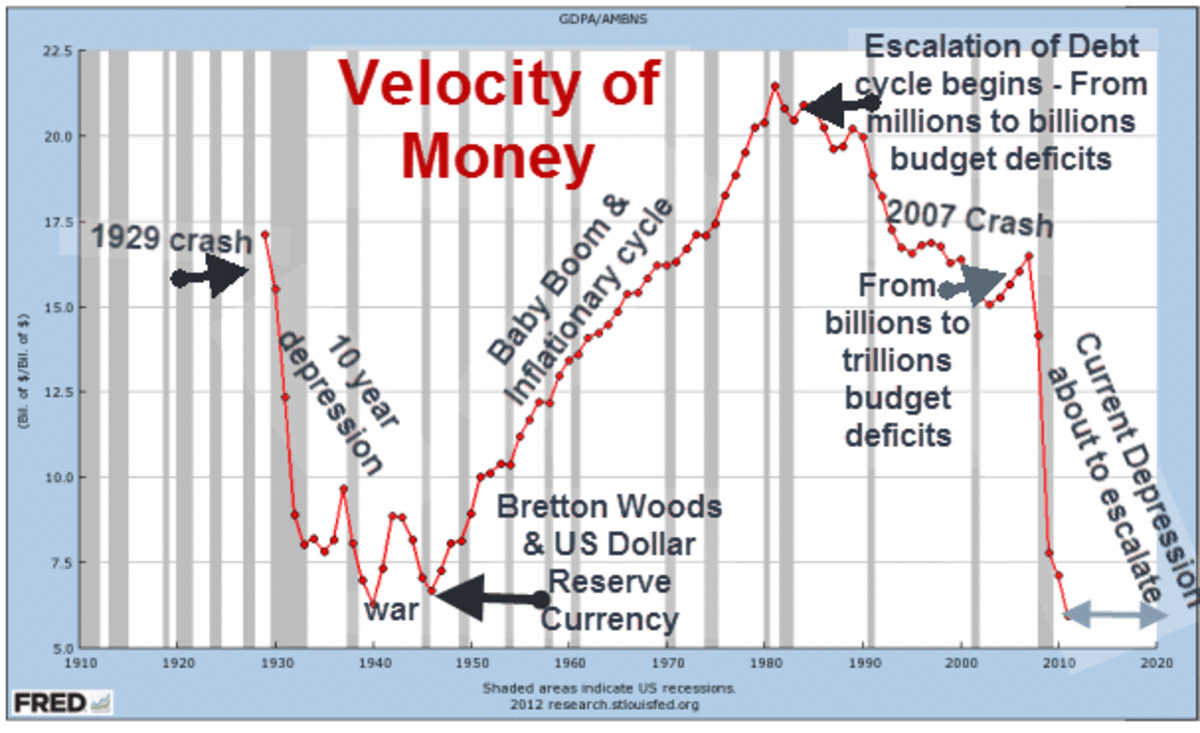Monopoly Market; How it Exists and Major Types of Monopoly Markets

Introduction
Monopoly is a market system of imperfect competition, explained in Economics. Monopoly means single seller. It is an independent market form which claim many distinguished features compared to other market forms. In a monopoly market, a single firm or seller interact with many buyers. Following are the major features of monopoly market.
Features
In a monopoly market, some important features can see as listed below.
1) Single seller or producer
In a monopoly market commodities are supplied by a single seller or producer. Since the producer is a single firm, the firm itself becomes the industry.
2) Single product
In a monopoly market the commodity produces by the single firm. And the monopolist never face competition from others, if so, the market will lose its feature of monopoly.
3) Monopolist is the price maker
Since, a monopolist never face competition, he can supply and sell his products at any price he likes. Further there are no substitute products. So, a monopolist becomes price maker in the market.
4) Profit maximization
A monopolist aims to earn maximum profit by squeezing his customer. He may charge different prices to different buyers, since his ultimate motto is to achieve maximization of profit.
5) Restrictions to entry for a new firm
Any new firm cannot enter into the monopoly market, because of many barriers like technological barriers, natural barriers, geographical restrictions etc.
In a monopoly market, a single firm or seller interact with buyers
How Monopolist Exist
In a monopoly market a single firm exists. There are many factors to continue the monopoly of a firm or a seller. Some of them are briefly listed below.
1) Availability of inputs
When the inputs to produce a particular commodity are available to a single producer, there are no chances to enter new firms to make production.
2) License
Sometimes there requires permission from government for the producer to produce something. In such a case new firms are restricted because of the license issue for the production. So monopoly exists because of legal restrictions.
3) Market size
It is workable only in a small market. In such a market new firm never enter, because they may suffer loss by investing huge amount since the market is small.
4) Huge investment
Sometimes, we can see investment as a barrier. In such cases new firms may not able to invest huge amount of capital.
5) Patents, copy rights, trade marks etc.
Here new firm constrained to enter to the market, because of the patent, copy right, trademarks etc. of the products of the monopolist firm. This is also due to legal restrictions.
Types of Monopoly
On the basis of the nature of monopoly, it can be classified into many as listed below.
1) Pure monopoly
A pure monopoly exists when the commodities are supplied by a single firm and there are no commodities to substitute.
2) Natural monopoly
It is a market form where the inputs are available only for a monopolist firm. So, they can produce the product at a minimum cost and it is a great challenge for those who want to enter to the market. OPEC is the best example.
3) Geographic monopoly
This form of monopoly exists especially in a small market. In such a location supply of some goods and services are the monopoly of a firm. Here a new firm cannot enter to the market because of the limited size.
4) Bilateral monopoly
It is a different form of monopoly market. In which there is only single buyer and single seller. Here both the buyer and seller will be strong. Thus it will be difficult to new comers to enter into the market.
5) Technological monopoly
Here the monopolist use his patent right on technology to resist the new firms, who wanted to enter to the market. Suppose when a single firm introduced a new technology, they will put patent on the technology or product to continue the monopoly and by to make huge profit.








